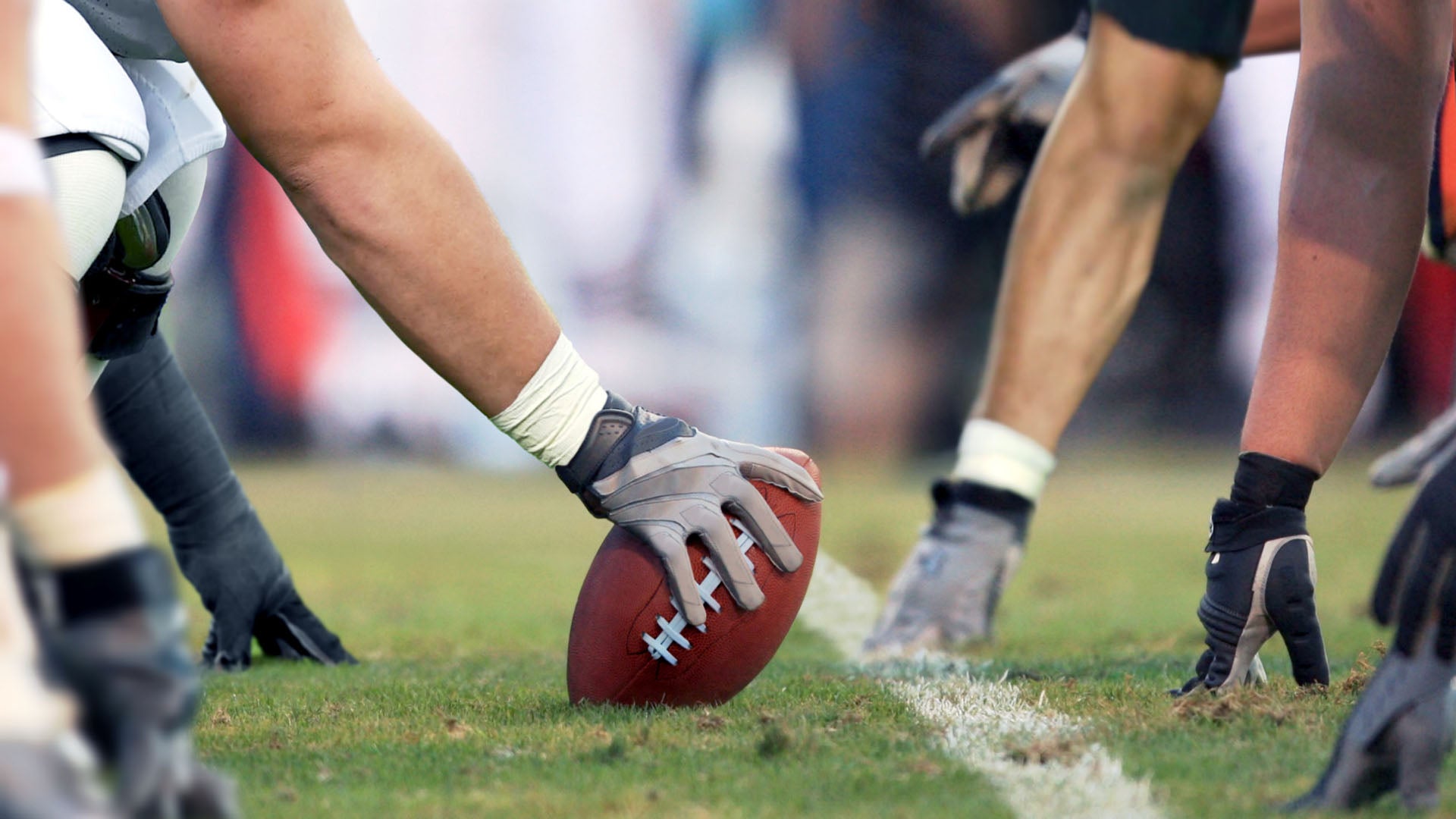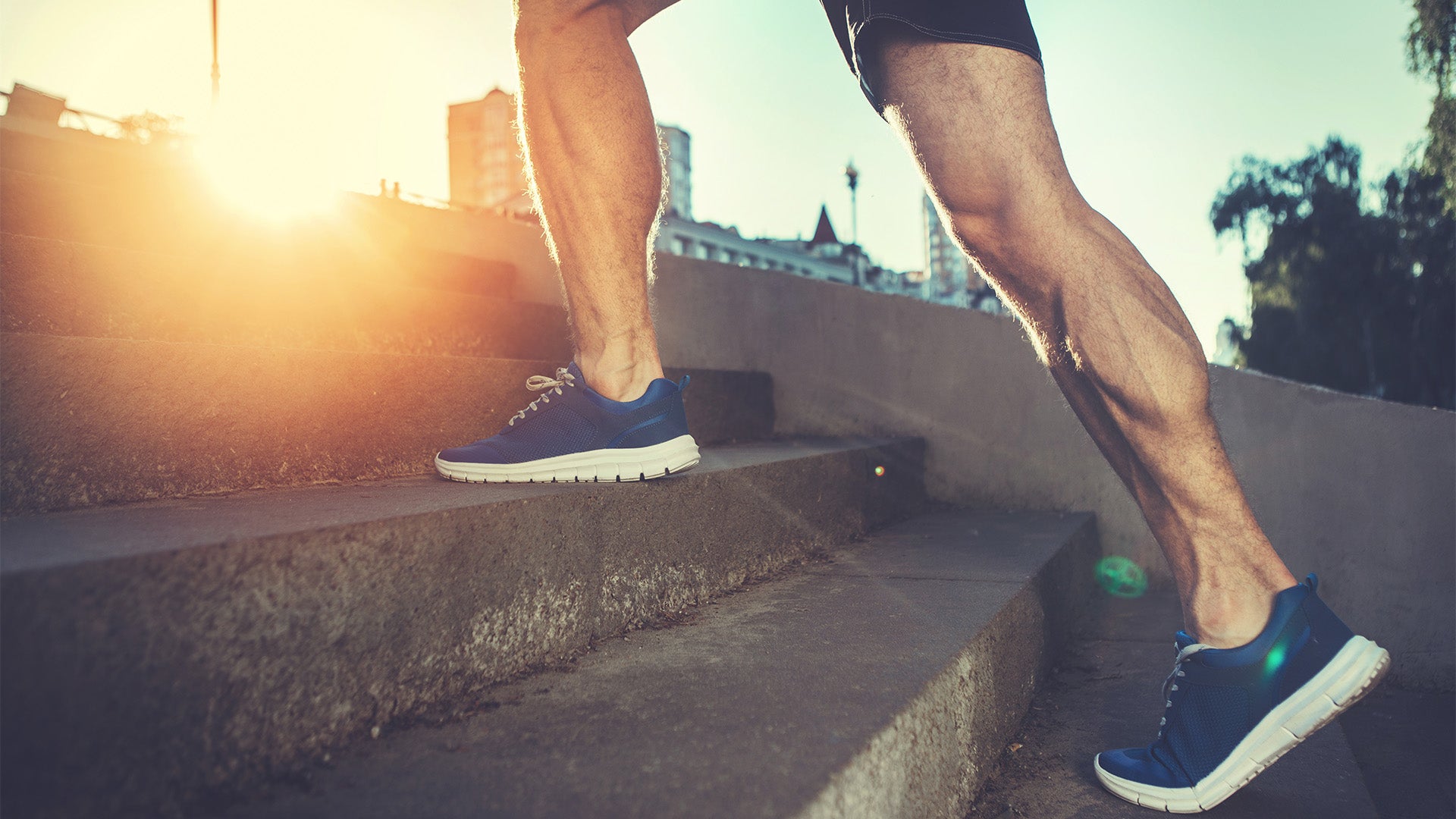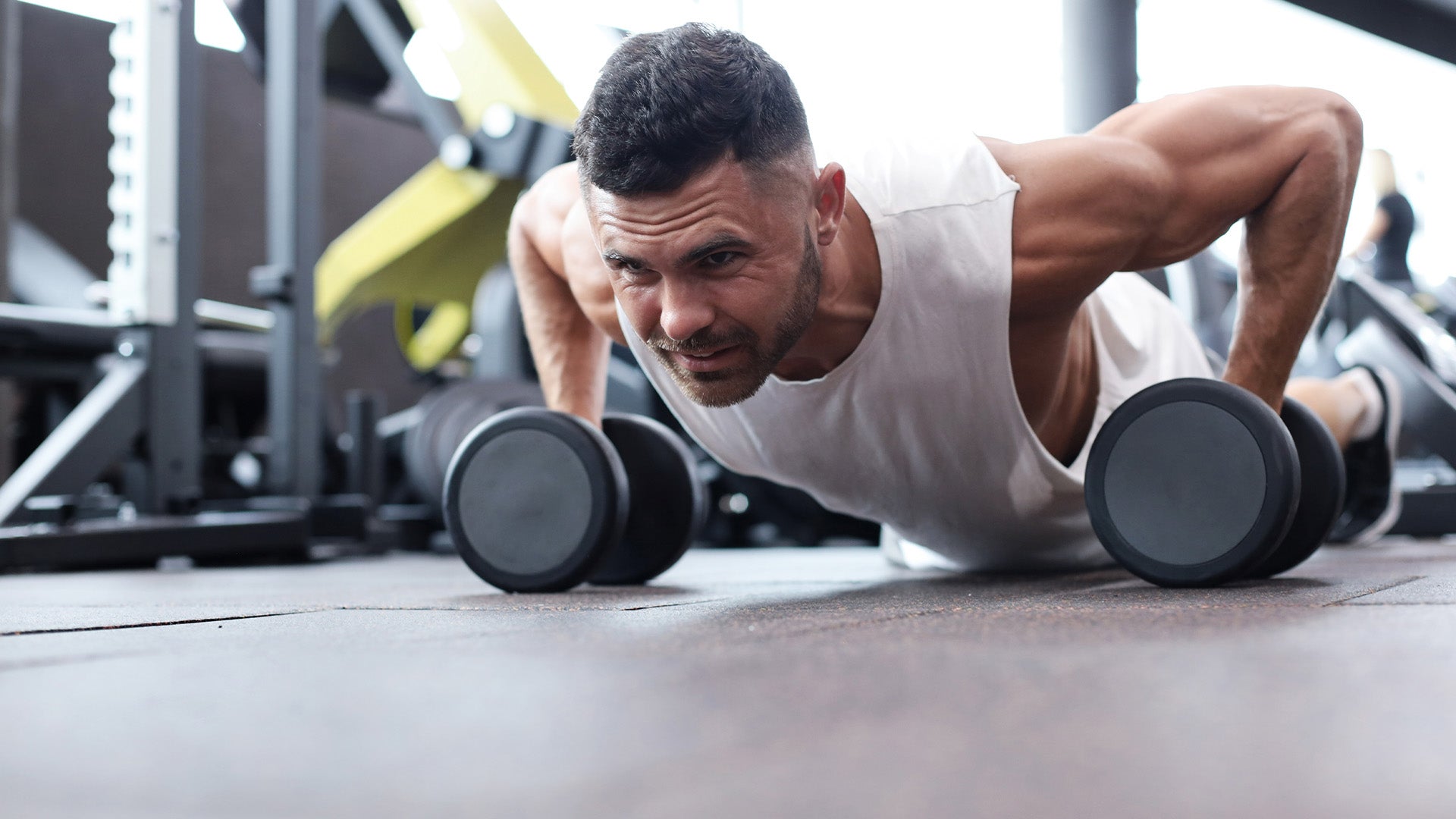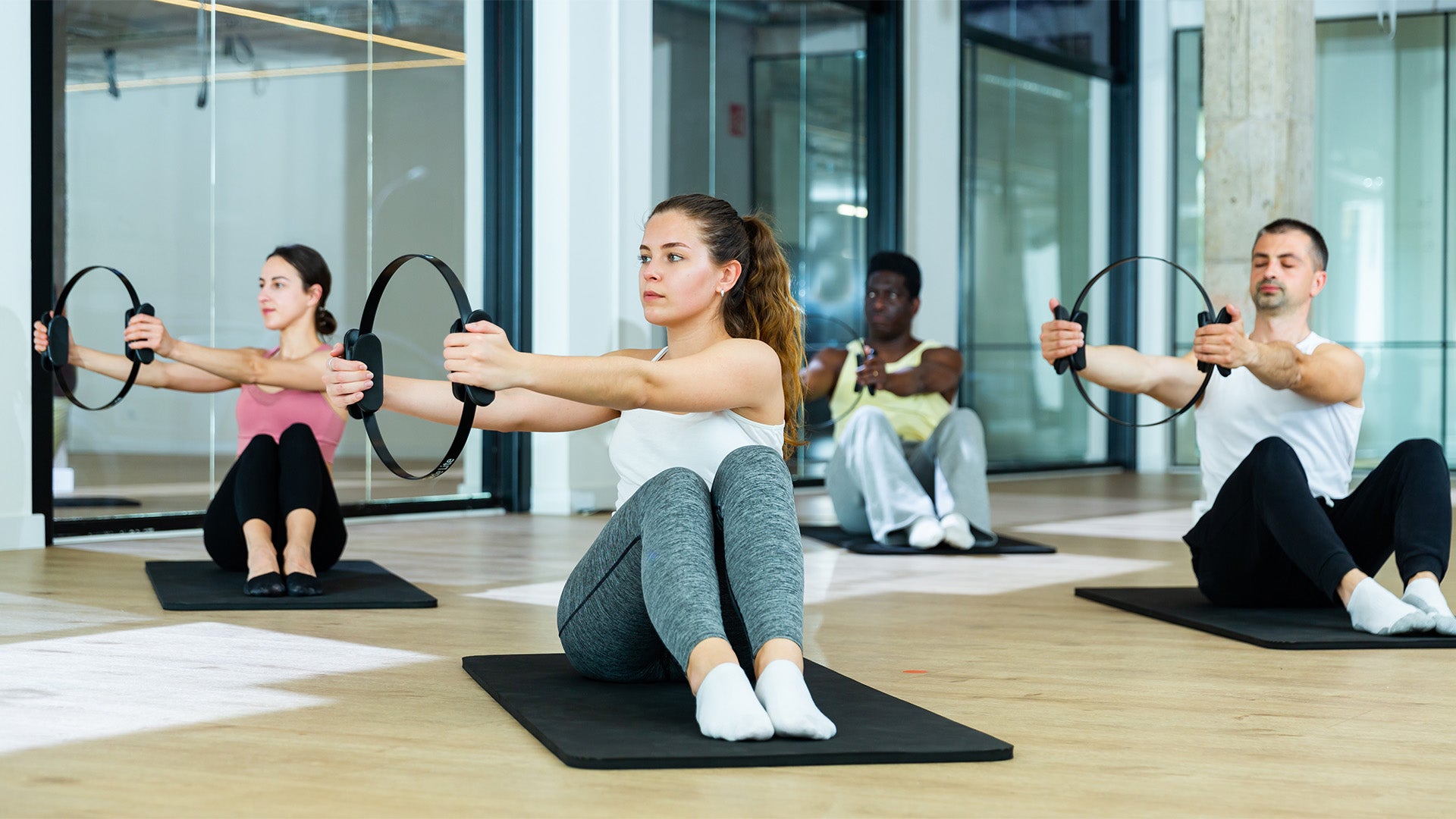Best Workouts for Football Players
Football is one of the most exciting sports to watch, but it’s also one of the most dangerous. It’s estimated that there are over 1.2 million football injuries reported annually – and 51% of these occur during training sessions.
So not only is it important to know what workouts to do in order to improve your athletic performance and strive for college football or the NFL, but it’s also essential to master proper form to ensure your health and wellness on the football field and during the off-season.
Here are some of the best football workouts to increase your agility, coordination, strength, and power.
1. Aerobic Training

One of the two components of football training is cardiovascular endurance or aerobics. Football requires you to have fantastic aerobic fitness to run, toss, tackle, and maneuver for sustained periods of time.
These moves will improve your cardiovascular fitness while also improving your agility and allowing you to rehearse common movements you’ll encounter on the field.
Heismans
Perhaps one of the greatest football exercises of all time, this move was even named after John William Heisman, a college football coach credited for introducing rules to the game that are staples of American Football to this day.
Heisman exercises enhance agility, power, and coordination while increasing your heart rate to get your blood pumping. Plus, you don’t need any equipment, and you don’t need much space in order to do them.
To do Heismans, jump onto your right foot and pull your left knee toward your right shoulder. Then jump onto your left foot and bring your right knee to your left shoulder. Keep jumping between your feet until you finish your set.
Sprints
Sprints, also known as “suicides,” are another classic training exercise for football athletes because it helps you increase your sprinting power. Running fast is especially important for positions like quarterbacks or running backs, so this is a great move to enhance your speed.
You can also do sprints anywhere, and while having cones can be helpful, you don’t need any equipment in order to do them. All you need is a little space.
Set up three cones at varying distances from your starting point. We recommend starting at about 10 yards, then setting the next at 15, and the final cone at 20 yards from the starting point. You’ll sprint to the first cone, tap it, and then run back. Then you’ll sprint to the next cone, tap it, and keep going.
Your goal is to keep going as many times as you can within a certain time. Keep track of how many reps you accomplish within a time interval, and try to beat your records every time you train.
Traveling High Knees
When you play football, you won’t always be running forward. Often, you’ll be challenged with running in all directions. For that reason, it’s important to train in all planes of motion. Traveling high knees increase your aerobic capacity while also helping you practice running in multiple directions.
To do high knees, drive your knees up to your chest as fast as possible. But incorporate some movement by moving forward, backward, left, and right throughout the movement to get your body used to running in both the sagittal and frontal planes.
2. Strength Training

Outside of running and throwing, tackling is a major component of football — and having some serious muscles not only gives you more force to knock down the toughest opponents but also helps you defend yourself from being knocked down. A proper strength program is essential.
Squats
The traditional squat is one of the most popular weight training exercises for plenty of reasons and even has variations like box squats, back squats, and front squats. It is one of the most basic exercises but has the potential to work some of the largest muscle groups in the body in one fell swoop – especially the glutes, quads, hamstrings, and core.
Football players need to be able to drive power through their legs, but they also need to be able to remain stable when confronted with a tackle or a heavy blow. Squats strengthen the foundational muscles in the lower body to help prevent you from being pushed back by an external force.
Barbell squats are typical, but you can also do squats with dumbbells or your body weight. The key is to keep the core tight throughout the entire movement and be sure to squeeze the glutes each time you return to the starting position.
Incline Chest Press
Having a big, powerful upper body can allow you to better prepare for the impact of a tackle. Not to mention, it can also protect you if you do get knocked down mid-game. And incline chest presses are one of the best ways to grow the upper chest muscles.
An incline chest press focuses on the upper chest and the front deltoids or shoulders. These make your chest appear much larger and give you a stockier build to have a better chance of barreling down your opponents on your next tackle.
When doing an incline chest press, make sure that the bench is raised at an angle of just about 30 degrees. Anything higher than this will focus much more on the shoulders than the chest. You can also do this move with a barbell or a set of two dumbbells.
Bent Over Row
Bent-over rows focus on the muscles in your back, specifically the lats and the rhomboids. Having a strong back not only balances your overall physique but can also help football players gain more stability during a tackle to prevent themselves from being pushed down.
Squeeze your shoulder blades together at the top of the movement for maximum contraction, and be sure to drive your elbows towards your waistline rather than straight up towards the ceiling. This activates the lats more than the shoulders, giving you more effective use of the movement.
Sled Push

A pivotal component of football is pushing your opponents back to protect your offensive line. And a sled push is a strength workout movement that perfectly mimics this experience on the field. It works your push muscles while also engaging the core and improving your power and agility.
The great thing about a sled push is that you can tack on as much weight as you want to really practice for those giant quarterbacks that you’ll need to drive through. Plus, you can push them for as far and long as you want.
This is also a great combination conditioning movement that will increase your heart rate while building full-body strength.
Bicep Curls
Strong biceps can be important for a football player to help you pull opponents out of the way and toward the ground in a tackle. Bicep curls are a classic strength movement and can be done with resistance tubes, dumbbells, and barbells.
With that in mind, bicep curls only activate your muscles during the middle portion of the movement. Outside of that range, the muscles are in a more relaxed state. This is called a strength curve, and it happens when muscles contract at different rates throughout a range of motion. It’s inevitable when using standard weights – but there’s a way around it.
Speede uses AI technology to adjust the resistance automatically throughout your range of motion, ensuring that the velocity of movement remains the same despite the weight change. It allows you to get maximum muscle gains in just a fraction of the time compared to a traditional workout.
The best way to understand the difference is to see it for yourself. Book a demo today to start getting stronger faster.
In Conclusion
Football players need to make sure that the work they put in off the field is just as efficient as the work that’s getting done on the field. And incorporating a healthy mix of cardio conditioning movements as well as strength movements into your training program can help you perform better in all areas of your given sport.
But sometimes, it’s not about the workout itself – it’s about the equipment you’re using. And if you’re trying to bulk up before the next season, Speede can help you do it in a fraction of the time. Improve athletic performance in minutes and get better with adaptive technology during every single rep. It’s your workout routine reimagined. Try it out today.
Sources:
Common American football injuries | PubMed
Heisman, John William | Case Western Reserve University
Deltoid Muscles: What Are They, Anatomy, Location & Function | Cleveland Clinic



